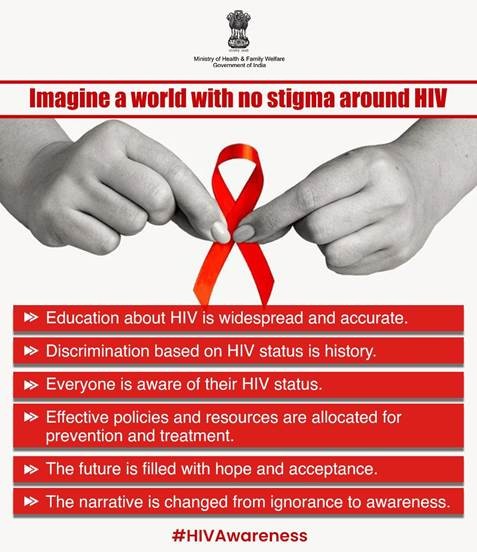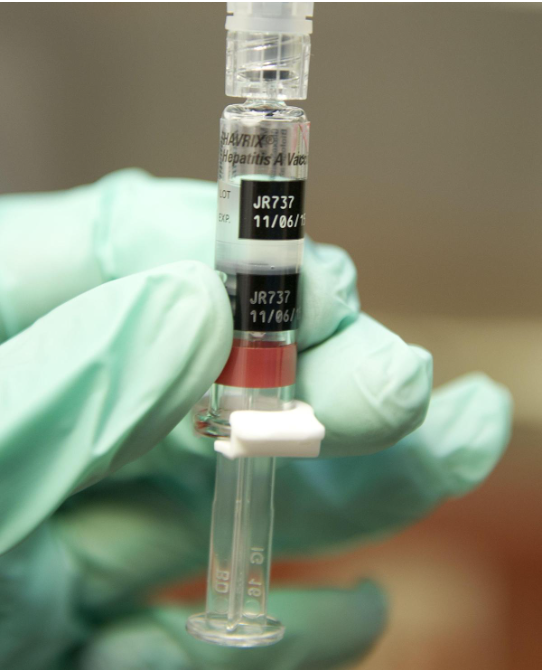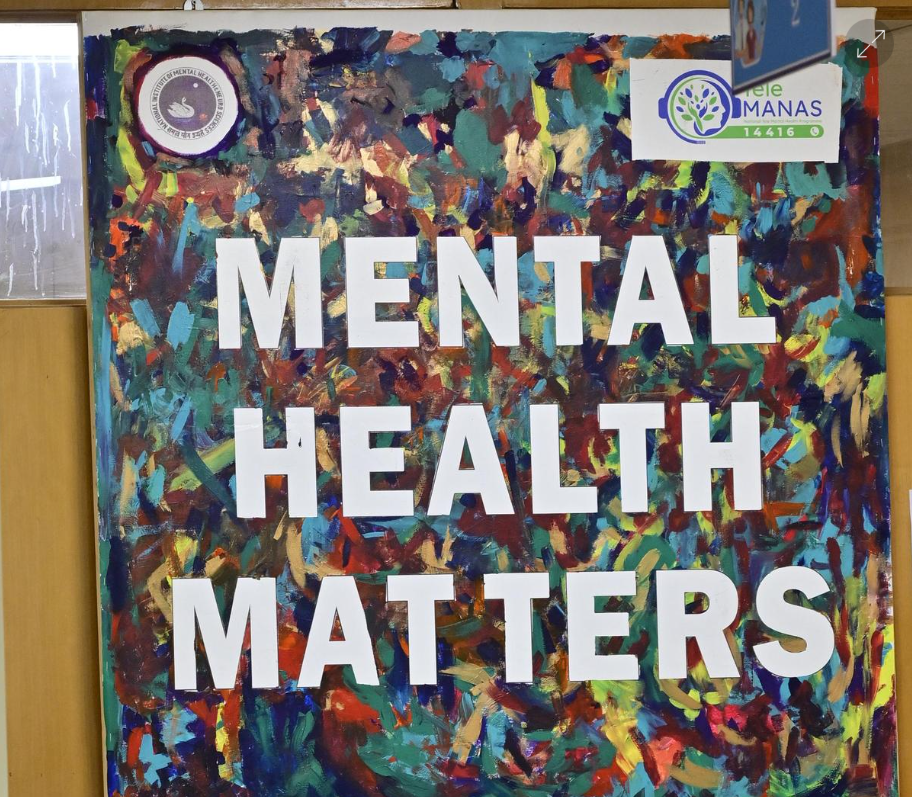Description

Disclaimer: Copyright infringement not intended.
Context
- A 53-year-old man from Germany, has become at least the third person to have been “cured of HIV” with the virus not being detectable in his body even four years after stopping the medicine.
What is HIV?
- Human immunodeficiency virus or HIV is an infection that attacks the immune system by destroying the body’s immune cells called CD4, which help it respond to infection.
- Once HIV attacks the CD4 cells, it starts replicating and destroying the cells, weakening the body’s immune system and making it more prone to certain “opportunistic infections” that take advantage of the weak immune system.
- In a nutshell, if HIV is not treated, it can lead to AIDS (acquired immunodeficiency syndrome).
.jpeg)
Transmission:
- Bodily fluids such as blood, semen, vaginal fluids, rectal fluids and breastmilk can be carriers for HIV.
- It can be transmitted through unprotected sex, transfusion of contaminated blood, sharing needles and syringes, and from a mother with HIV to her infant during pregnancy.
- Typically, the time between HIV transmission and AIDS diagnosis is 10-15 years, although it may occur sooner.
Prevention:
- There's no vaccine to prevent HIV infection and no cure for AIDS. Protecting oneself from infection is the way ahead.
Who are the people who have become HIV-free?
- Referred to as the Berlin patient, Timothy Ray Brown became the first person to overcome HIV after he underwent two stem cell transplants in 2007 and 2008 for treating his blood cancer.
- As a person with HIV, his doctors selected a donor carrying two copies of a CCR5-delta 32 genetic mutation – a mutation that is known to make the carriers almost immune to HIV. He remained HIV-free till his death due to cancer in 2020.
- Years later, researchers announced similar results in the London patient Adam Castillejo in 2019, replicating the treatment for the first time.
- The Dusseldorf patient, who also underwent a transplant for blood cancer, has remained free of HIV four years after he stopped taking antiretroviral that controls the level of the virus in the body.
What is CCR5 mutation and how does it fight off HIV?
- HIV (Human Immunodeficiency Virus) mainly attacks the CD4 immune cells in the human body, thereby reducing a person’s ability to fight off secondary infections.
- The CCR5 receptors on the surface of the CD4 immune cells act as a doorway for the HIV virus.
- However, the CCR5-delta 32 mutation prevents these receptors used by the HIV virus from forming on the surface, effectively removing the doorway.
- Only 1 per cent of the people in the world carry two copies of the CCR5-delta 32 mutation – meaning they got it from both their parents – and another 20 per cent carry one copy of the mutation, mainly those of European descent. Those with the mutation hence are almost immune to the infection, although some cases have been reported.

Can such transplants solve the HIV crisis?
- With the mutation existing in very few people and nearly 38.4 million people living with HIV across the world, it would be very difficult to find a matching donor in the first place.
- Add to that the fact that the mutation occurs mainly among Caucasians, and the donor pool shrinks further for many, especially those from countries with high HIV burden.
- However, even if donors were to become available, experts believe it is highly unlikely that bone marrow transplants can be rolled out for all those with HIV. This is because it is a major procedure with high risks associated, especially that of the person rejecting the donated marrow.
- There is also the likelihood of the virus mutating to enter the cells through other mechanisms in such persons.
What are the current treatments for HIV?
- Although there are no cures for the infection at present, the disease can be managed using antiretroviral therapy.
- These medicines suppress the replication of the virus within the body, allowing the number of CD4 immune cells to bounce back.
- The drugs have to be taken for life because the virus continues to persist in reservoirs across the body. If the drugs are stopped, the virus can again start replicating and spreading. When the viral levels are low, the likelihood of a person transmitting the infection is also low.
- If left untreated, the virus destroys a person’s immune system and they are said to be in the Acquired Immunodeficiency Syndrome stage (AIDS) where they get several opportunistic infections that may result in death.
- Although there is no vaccine for HIV, there are Pre-exposure prophylaxis (or PrEP) medicines that can be taken by people at high risk of contracting the infection. PrEP reduces the risk of getting HIV from sex by about 99 per cent.


Read about Mutation: https://www.iasgyan.in/blogs/bengal-strain-all-about-mutation
https://indianexpress.com/article/explained/explained-health/hiv-cure-8462781/












